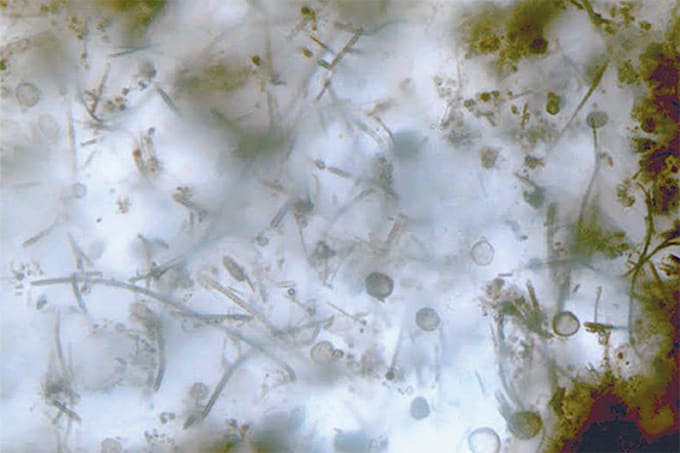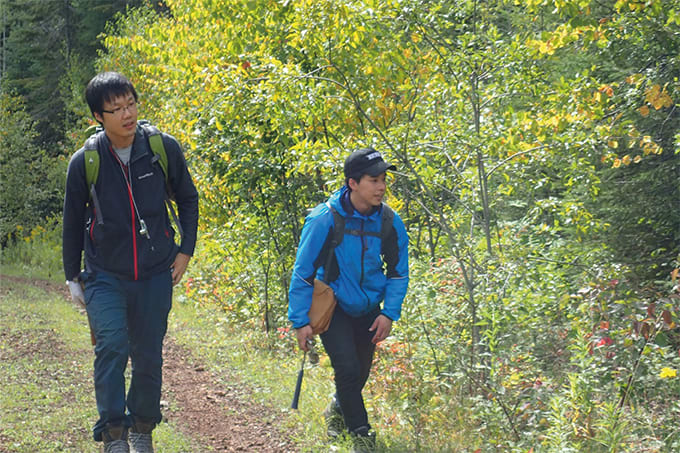In 2017, Kuala Lumpur airport, Malaysia, had to be decontaminated after a deadly attack on Kim Jong-nam, the North Korean leader Kim Jon-un’s brother. He was killed using the toxic liquid nerve agent VX, which is classified by the United Nations as a weapon of mass destruction.
Then the following year, Sergei Skripal – a former Russian military officer and double agent for British intelligence – and his daughter Yulia were poisoned in Salisbury, UK, by means of an even more potent nerve agent, Novichok. Both Sergei and Yulia Skripal spent several weeks in hospital in critical condition, before being discharged. A few months later, a British woman Dawn Sturgess died after spraying a perfume bottle containing the poison – found seven miles north of Salisbury – on her wrist.
These two incidents show that in spite of international agreements prohibiting their use, chemical warfare agents (CWAs) are a real and present danger.
Here, we ask Philipp Sulzer, Science Manager at IONICON: what role do analytical scientists play in confirming whether a CWA has been used or whether an environment is safe following an attack? What precautions must be taken? And how is research regulated in such a sensitive field?
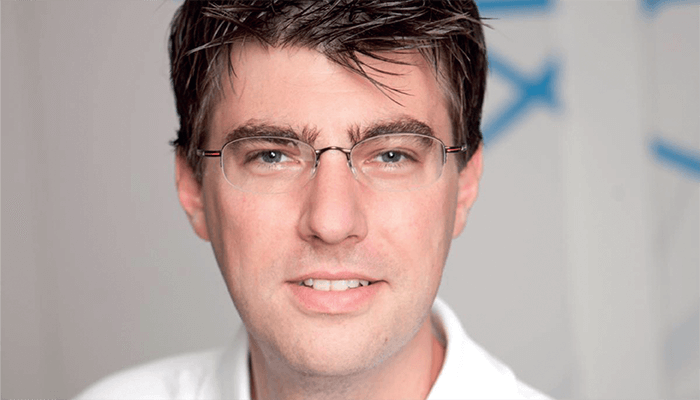
How did you end up specializing in chemical warfare agents?
I was born, grew up, and still live in the western part of Austria, where I also studied physics at the University of Innsbruck. I first came into contact with the world of what might be summarized as “hazardous substances” during my PhD studies at the Institute for Ion Physics and Applied Physics, when we investigated low-energy electron interactions with explosives. What really fascinated me were the reactions of not only science colleagues, but also friends and family whenever I talked about our results. Simply put, the results of basic research on “boring” compounds often meet with limited interest – but, as soon as the work involves explosives, people start asking questions.
Literally the day after my PhD defense in 2008, I joined IONICON Analytik as head of the applied science department. IONICON, now a medium sized enterprise, was then a small university spinoff founded by the inventors of proton-transfer reaction mass spectrometry (PTR-MS). Because this extremely sensitive real-time trace gas analysis technology is ideal for the investigation of hazardous substances, I was more than happy to join international research collaborations and projects on the detection and analysis of explosives, psychoactive substances, toxic industrial chemicals (TICs), and CWAs. One early example was a project named SPIRIT, funded by the European Commission, in which we built a PTR-MS instrument for extremely sensitive and selective real-time monitoring of building HVAC systems for terrorist TIC/CWA attacks. This was highly successful, so we were invited to join more and more TIC/CWA-related projects.
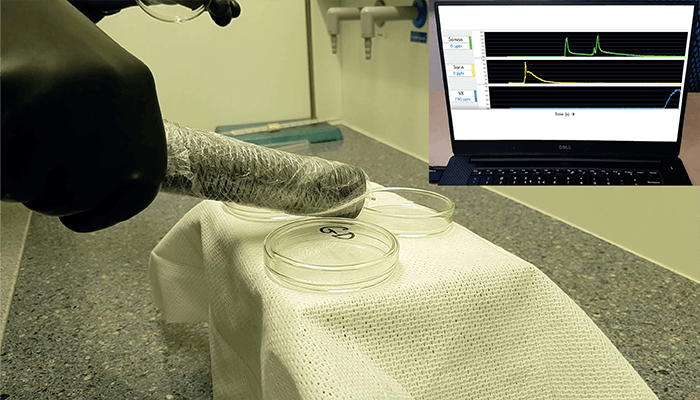
What happens immediately after a CWA attack?
This is when first responders – highly trained professionals (who typically do not have a scientific background) with easy-to-operate detectors – are needed.
Analytical scientists are required later in the process for two main tasks. First, we can provide detailed laboratory analysis of samples from the site of attack to get as much information as possible. With this information it might even be possible to track down where and when the CWA was synthesized. Second, we can perform the research needed to develop and improve the technology and algorithms of CWA detectors.
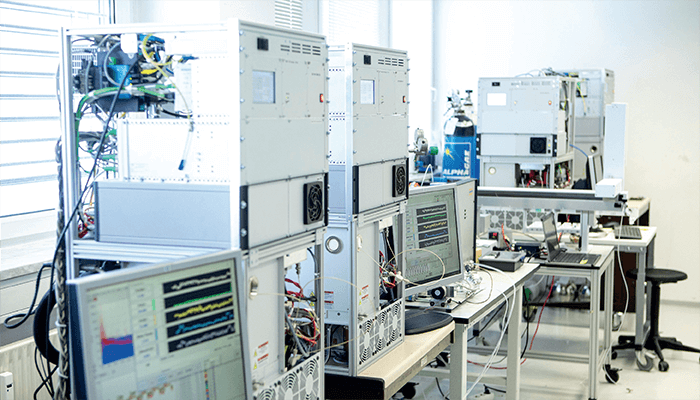
Did the Kuala Lumpur airport and Salisbury incidents change the CWA field?
What makes these two incidents stand out is that the use of CWAs has been proven. Additionally, there are numerous reports of alleged assassination attempts on politicians and other public figures, as well as about incidents in armed conflicts where the involvement of CWAs is ambiguous because confirmative analysis was performed too late or was not possible at all.
However, one huge analytical challenge rarely discussed in the media is how to confirm that a (public) space is “clean and safe” after a CWA attack. There are standardized cleaning procedures using dedicated decontamination agents but there should also be analytical confirmation that the floor, handrails, door pulls,and so on are safe to touch. Obviously, this can be done by taking a wipe test, bringing the swab to a lab, and performing a GC-MS analysis. But repeating this process over and over to cover only part of an airport is extremely time-consuming and therefore expensive.
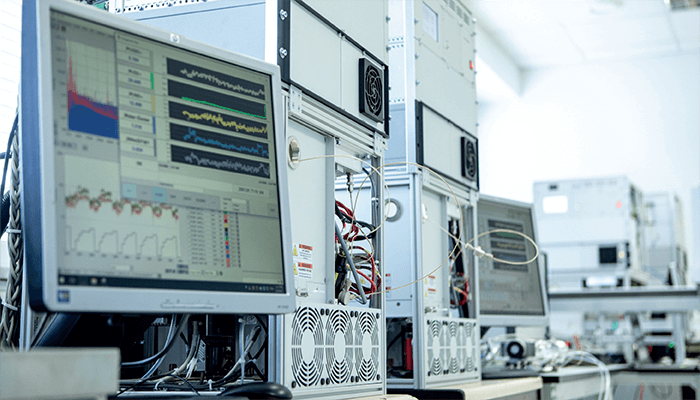
Where is CWA research usually performed?
Access to live agents for research purposes is extremely limited and, in some countries, even impossible. Thus, most research is done using analogues. These have the obvious advantage that they are readily available and can be handled in common analytical labs. Analogues typically mimic certain CWA parameters very well – for instance, vapor pressure or persistence – but can show considerable differences concerning the ion chemistry, which is a crucial property for chemical ionization-based analyzers. In any case, it is essential to verify the results obtained with analogues by using live agents.
For several years we have been collaborating with CBRN Protection, a Chemical, Biological, Radiological, Nuclear, and high yield Explosives consulting company located in Austria. They organized measurement campaigns at certified facilities, where we got access to tabun (GA), sarin (GB), soman (GD), cyclosarin (GF), VX, sulfur mustard (HD), nitrogen mustards (HN), and lewisite (L). Based on these results, we now know that our technology works very well with live agents and also have ideas for further improving our instruments.
Are there risks to analytical scientists working in the field – or in the lab?
In my experience, there is no possibility that an analytical scientist would even come close to live agents during CWA research in a lab. Certified facilities have extremely strict rules to ensure that any CWA handling is performed only by their own trained professionals. Everything involving live agents is done by these experts within a special fume hood in which the scientist operates the analytical device from a safe distance. Thus, the risk is negligible.
Some facilities also offer field testing in which scientists could indeed come into contact with CWAs. Therefore, they have individual safety protocols involving medical pre-clearances, full body protection including respiratory filters, and so on. I imagine that this could make extended research quite tedious, especially for someone not used to wearing such equipment.
However, one risk that must be taken into account is contamination of the analytical equipment during measurements. This is obviously highly instrument-specific but, with PTR-MS, we are in the fortunate position of having one of the most sensitive real-time detectors in existence. It can even analyze its own exhaust gas for any CWA contamination within the device.
What are the main analytical challenges associated with detecting CWAs – and which techniques are usually used?
For rapid, on-site detection, ion mobility spectrometry (IMS) is generally used. IMS devices are typically handheld, very robust, and can be operated by non-scientific personnel at the push of a button. However, they are built for detecting very high CWA concentrations typically present immediately after an attack. Our measurement campaigns indicated that these devices’ sensitivities are insufficient for detecting residual traces on surfaces, which can still present a considerable risk.
The ideal analytical instrumentation has a LoD below contamination levels that could cause any health effects, gives results in real-time, detects a broad range of CWAs (and TICs), and has a substance library that can be easily updated when new compounds of interest arise. Moreover, it should be easy to operate, robust, reliable, low-maintenance, and allow operators to use them autonomously in the field. To my knowledge, such a “Swiss Army knife” device is not currently available, but an IONICON PTR-TOF QB instrument gets pretty close.
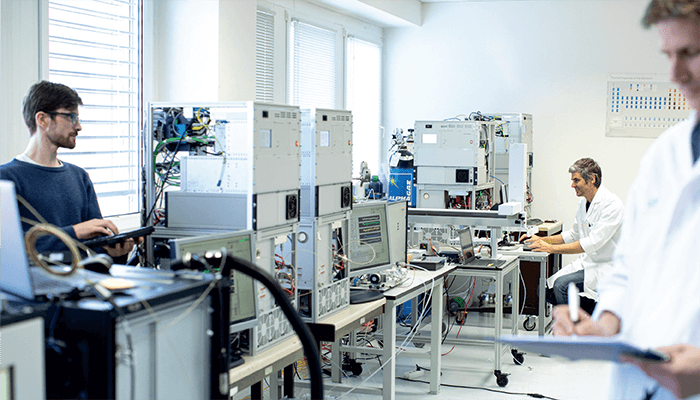
How is IONICON working to overcome challenges in these areas?
We have come a long way, from basic research on analogues over a decade ago to live agent tests with a dedicated PTR-MS hazardous material monitor (HMM). Let me give you just two examples of major challenges we had to overcome within this timespan.
In 2013, J.M. Ringer from the German Bundeswehr Research Institute for Protective Technologies and CBRN Protection published a paper on nerve agent studies performed using two different IONICON PTR-MS instruments. They found that the common reagent ion H3O+ causes heavy fragmentation of the CWA molecules, which reduces sensitivity and selectivity. Outstanding sensitivity and selectivity can be achieved using NH4+ but, for the production of these reagent ions, some form of toxic and corrosive ammonia is required as a consumable, which is why it was hardly ever used until recently. In 2017, we developed and patented a novel method to produce NH4+ solely from water and nitrogen/air, without any ammonia at all. Ever since, PTR-MS studies using ammonium reagent ions have experienced a renaissance because no additional source gas is necessary for NH4+ production.
Developed at a university, PTR-MS is traditionally a tool tailored for analytical experts. Using it for routine CWA analysis, in which operators often have no analytical background, required a complete redesign of the instrument’s interface. As a result, we created the Automated Measurement and Evaluation (AME) software, offering one-button simplicity. With AME, the PTR-MS instrument automatically changes the ion chemistry, compares the measured results with patterns in a database, and displays the corresponding compound concentrations in real time. Whenever an additional compound needs to be detected and quantified, a simple database update is sufficient.
Combining these and many other technological advancements, we can now offer the HMM for real-time quantification of minute CWA and TIC traces.
Overall, how might technological advances change the CWA detection field?
The CWA detection field is already quite advanced, with readily available solutions for most (though not all) analytical tasks. However, there is still plenty of room for improvements that will make detection faster, more sensitive, and more selective. With the PTR-MS based HMM, we are convinced that we also have a solution to the formerly unsolved problem of efficient decontamination control.


